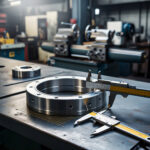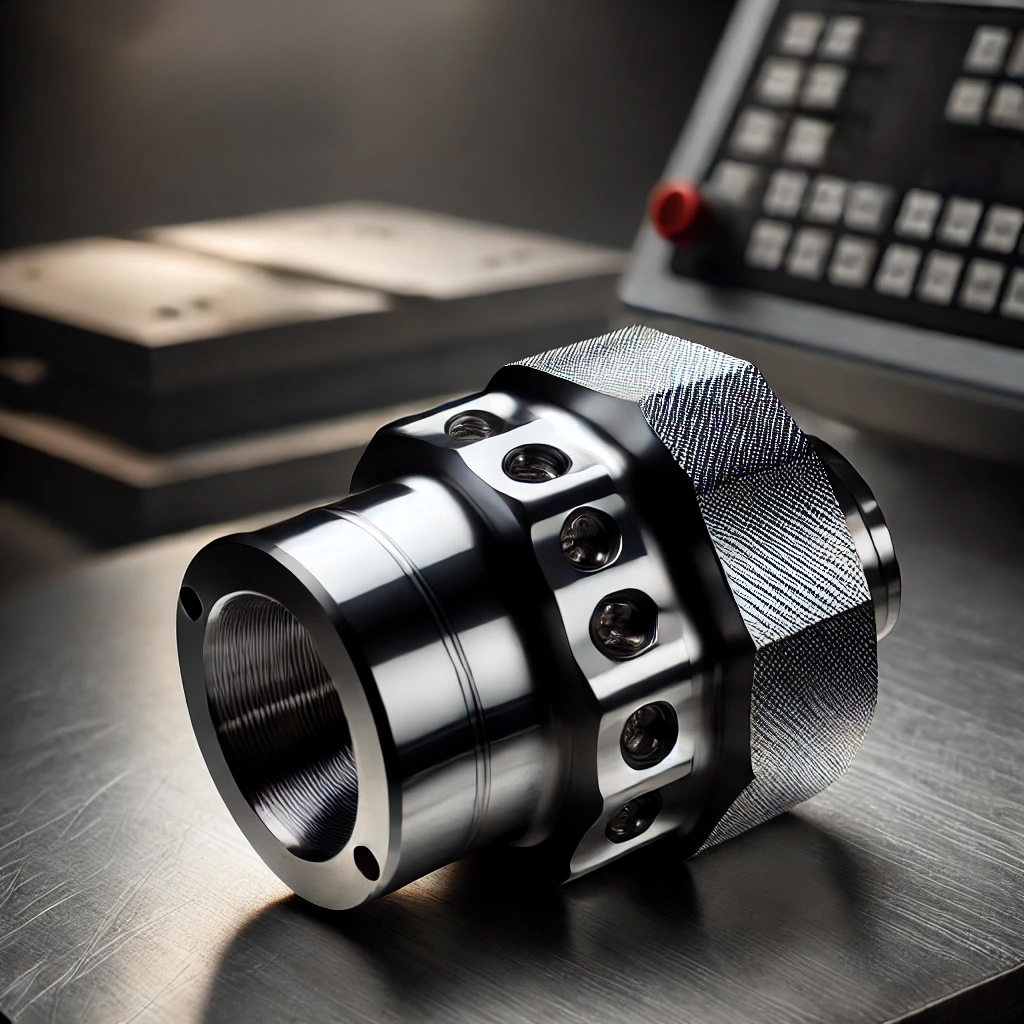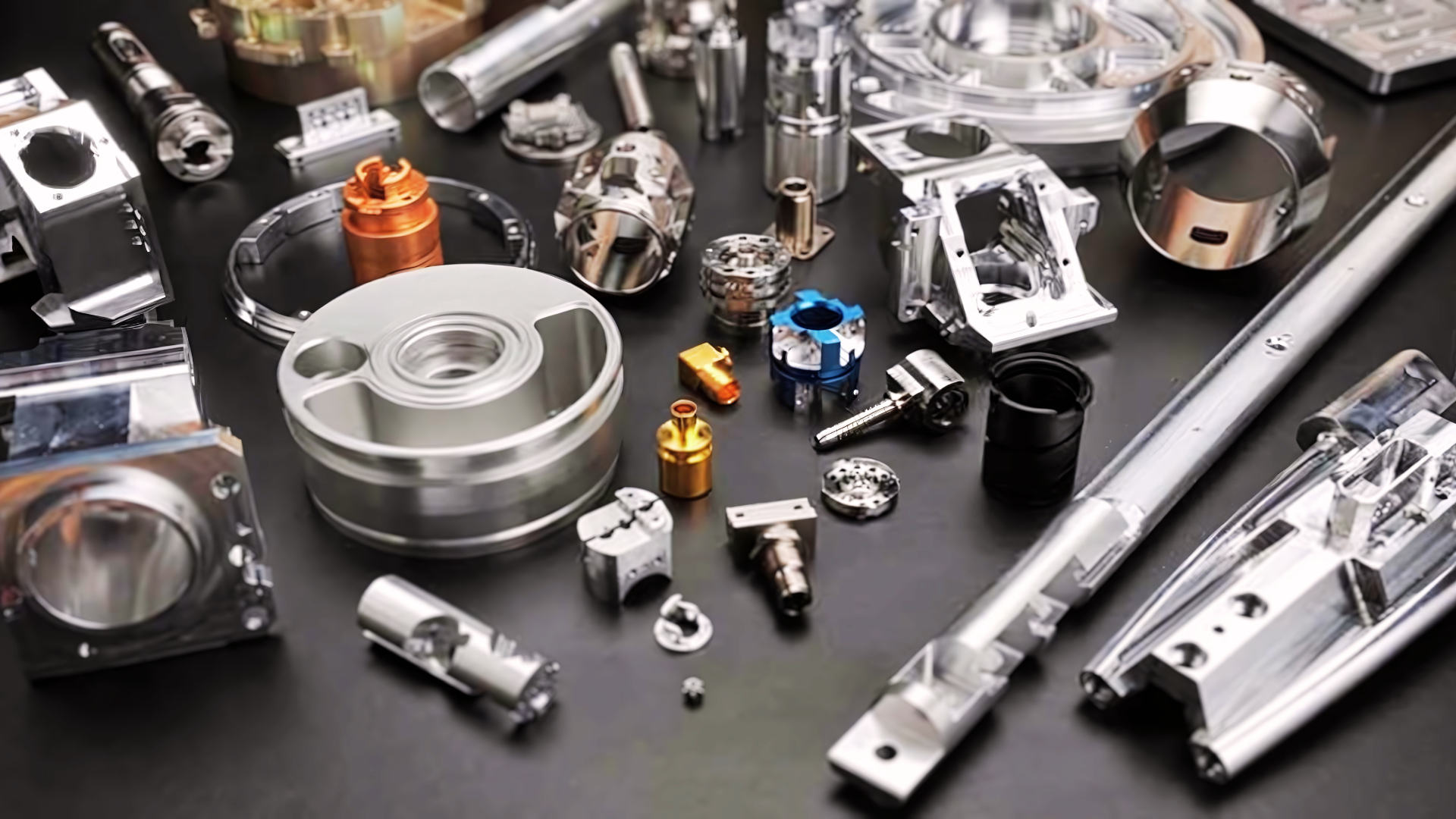The Ultimate Guide to 5 Axis CNC Machining
The 5 axis machinery has transformed the manufacturing industry and boosted production quality and time efficiency in industries as varied as automotive and agriculture.
CNC Machining in aerospace is also being widely used because of the demand for high precision and accuracy. But how do 5 axis CNC machines work? What are the benefits to manufacturing, application of 5 axis machining, features of these machines? For answers to all these questions and more, check out our detailed guide on 5 axis CNC machining.
What Is a CNC Machine?
First, let us understand what a CNC machine is and how it works. CNC Machines use computers to control machine tools which are where is the term CNC-Computer Numerical Control comes from. The cutting operations conducted by a CNC machine are termed CNC machining. Numeric control is an important concept related to CNC machines. It refers to the automatic control of machine tools which range from welders and grinders to waterjet cutters and hydraulic press machines.
A 5 axis CNC machining uses a Computer Numerical Control (CNC) center to move five different axes simultaneously. Traditional machinery operates on three axes, but with 5 axis CNC machining, 2 extra rotational axes are added. With the multidirectional CNC machining approach, the cutting tool can cut a part from all directions, resulting in fewer errors.
The addition of the extra two axes allows 5 axis CNC machines to position the parts to the cutting tool in a more suitable position, with all 5 sides of a part being accessed simultaneously. In the case of CNC machines with 2 axes, parts might need to be repositioned for better results. In this way, CNC machining saves time and achieves better quality results.
Features of 5 Axis CNC Machining
Five Axis Machining
Flexibility of Machining
Tool Guidance
Reduced Machining Time and Better Surface Quality
The free geometrical orientation gives axis milling reduces machining times significantly. As five axis machining requires short and sturdy tools, the milling allows for better cutting values, higher cutting rates, and reduced vibrations on the tool cutting edge.
This, in turn, results in better surface quality and accuracy. The minimal vibrations also result in more stable machining, which reduces the number of tools needed and more stable processes, ultimately decreasing tool costs.
Better Cutting Speed
Advantages of Using 5 Axis CNC Machines
Simple Setup
Improve Accuracy
Complex Designs
What to Look For When Purchasing 5 Axis CNC Machines?
Application
Adequate CNC Processing Power
Spindle Heat and Cooling
Heat control management in the spindle and the frame is essential for any 5 axis CNC machine. Heat control helps with both longevity and also the accuracy of machined parts. The effective cooling mechanism is also a crucial consideration when purchasing a 5 axis machine as it will prevent overheating of the spindle during intensive machining work.
When choosing a 5-axis machine, consider one that comes with a cooling system that cools in sections and uses an oil jet bearing lubrication and cooling system. Compared to manufacturers that use grease packs or air oil-lubricated spindles, oil jet bearing lubrication provides more secured temperature conditions for bearings.
High Power
Collision Avoidance
Customer Support
Conclusion
The 5 Axis machining has revolutionised machining in aerospace, medical, automotive, oil, and gas industries. The demand for machining more complex contours and surfaces in the parts used in these industries means that 5 axis machining provides the best results.
The 5 Axis machining is also especially useful when more flexible engineering solutions are required for the job, which is provided by 5 axis machining’s ability to move parts in various axis. All in all and irrespective of industry or application, it can be concluded that 5 axis machining results in lower operational costs, precision in machining complex parts, high performance, accuracy, and reduced lead time.

Vincent Hua
Vincent Hua is the Marketing Manager at TSINFA. He is passionate about helping people understand high-end and complex manufacturing processes. Besides writing and contributing his insights, Vincent is very keen on technological innovation that helps build a highly precise and stable CNC Machinery.
Views: 104
















